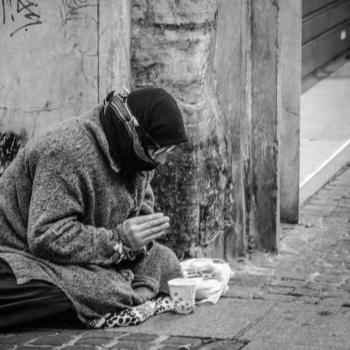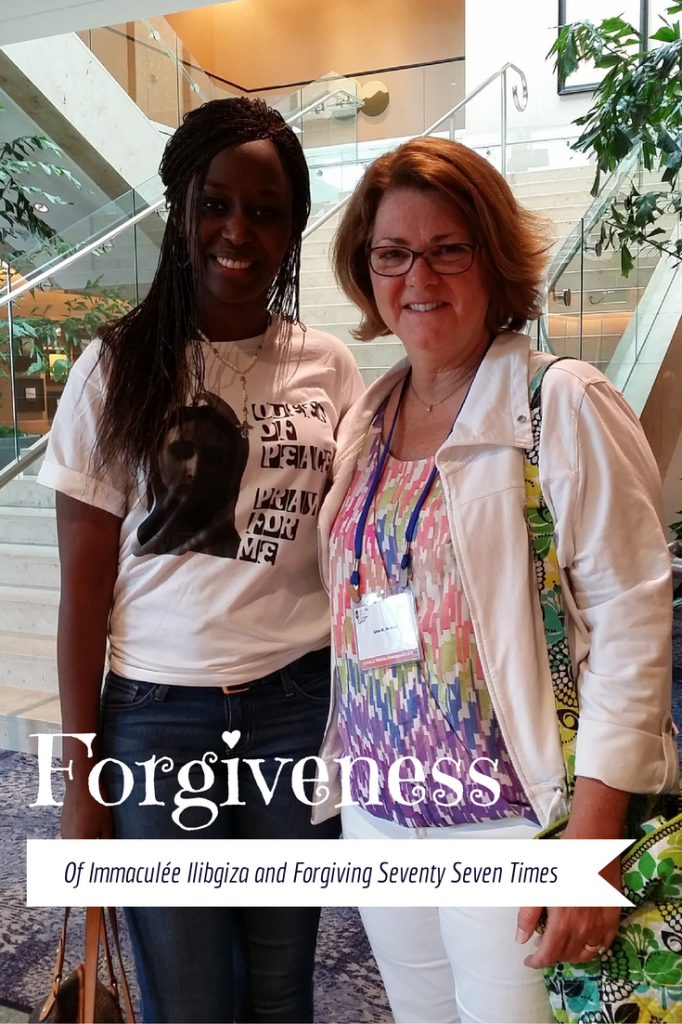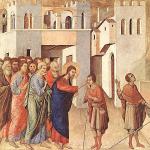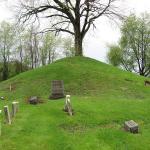Today, I continue my 100 day series remembering the twentieth anniversary of Rwandan genocide. Please join me in prayer for those lives lost and impacted in this tragedy. #NeverAgain. LMH
Today on the Kwibuka20 Twitter feed, a graphic reminds us that on this day twenty years ago, Rwandan Patriotic Front continued to rescue survivors of the massacres in Bugesera:

Today in 1994: The Rwandan Patriotic Front continues to rescue survivors of the massacres in Bugesera. #Kwibuka20 pic.twitter.com/qUcp4bWgOD
— Kwibuka (@Kwibuka20) May 20, 2014

For me, looking at tweets like this one means going beyond my surface reaction to throw up a quick prayer for the repose of those souls and to move along my way. As much as I hate digging deep to find the photos and videos that capture the truth, I need to know more. This means researching, teaching myself history that passed me by twenty years ago. I’m hoping that knowing more — truly remembering understanding the details, even when they are so horrid — will equip me to combat evil even in its most simple forms when it stares me in the face.
So today I’ve been digging for details. Where is Bugesera? What happened in the massacres there?
This video gives two firsthand accounts from survivors of the massacres that took place at the Nyamata Church in Bugesera (warning: this video contains disturbing and graphic images):
Finding answers about these terrible days of the genocide is also possible because a special genocide memorial now stands on the site of the massacres which took place between April 14 and April 19 of 1994 at the Nyamata Church. According to the memorial website:
Nyamata is situated in the Bugesera region, approximately 35 kilometers from the capital city of Kigali. Nyamata and the surrounding region suffered some of the most extensive devastation in 1994, a result of targeted attacks during the Genocide Against the Tutsi.
When the Genocide began in April of 1994, many residents of the region gathered in Nyamata and sought protection at the local Catholic Church. The church compound, tended to by priests and nuns, provided a haven for the frightened masses that flocked to the compound, hoping to escape death. The church was thought of as a place of refuge and of sanctuary where the militia would not dare to attack.
Unfortunately, this was not the case. According to testimonies given by survivors and evidence gathered, approximately 10,000 civilians were killed in and around the Catholic Church compound on April 10, 1994. As the marauding killers approached, people gathered in the church and padlocked the iron door that safeguarded the entrance. Members of the ‘Interahamwe’, the Hutu militia, and the Rwandese Government Forces forced the door open and entered the church with their rifles, grenades and machetes. They massacred the people hiding inside the church and also went on to kill those in the surrounding area.
INSIDE NYAMATA CHURCH
The brick walls show several gaping holes. The victims inside had locked the doors to prevent the militia and soldiers from entering the church. In response, the Interahamwe used sledge hammers to break open holes in the wall, through which grenades were thrown into the church, causing many deaths and stunning those trapped inside. The killers eventually forced their way into the church and proceeded to murder the surviving men, women and children, using machetes, clubs, and local farming tools. The ceiling is riddled with bullet holes and is still stained with blood. The remains have been removed from inside the church and placed in two mass graves located behind the church. But the clothing of the victims remain: It has been placed in piles that line the pews of the church, as well as the floor in the certain places. Although the remains have been removed, bones still peek out of the clothing; a rib here, a vertebrae there. The alter cloth still covers the alter, stained in blood. Read the full text here.
Every time I read one of these descriptions that involves genocidal actions taking place inside a church, I try to imagine my own parish. I imagine our family and the friends we worship with running to our parish to seek safety. I imagine us barring the doors, throwing our bodies over our children to protect them, and praying together. What would it be like to die in the place where you felt perhaps closest to God? I cannot begin to imagine…

But I remember today because the souls who died in those days and their loved ones who move forward twenty years later deserve our love, our respect, and our prayers.
Eternal rest grant unto them, O Lord, and let perpetual light shine upon them. May the souls of the faithful departed, through the mercy of God, rest in peace. Amen.















